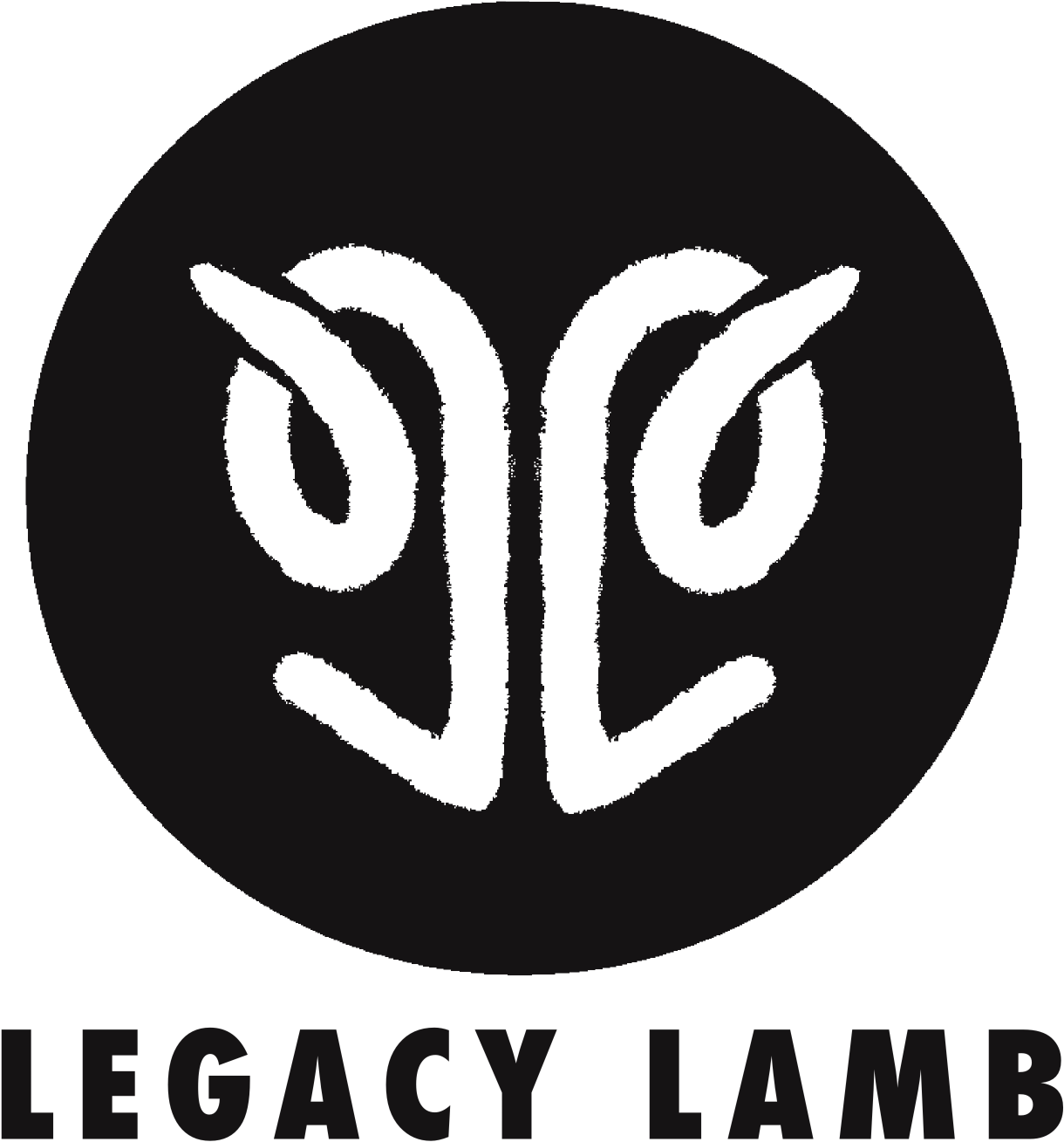 Image 1 of 1
Image 1 of 1


Skull Processing: An Intro to Cleaning & Preservation — Guidebook
If you’ve been wanting to learn how to safely and effectively process and preserve animal skulls to become stunning, long-lasting works of natural art/decor, this guidebook is for you!
This printable, 18-page guidebook includes step-by-step instructions and equipment recommendations, along with colored photos and video links showing you my preferred, start-to-finish process of processing skulls: a combination of natural decomposition, water maceration, and hand finishing work.
I first took an interest in skulls and bones as a young bike punk with a mostly useless visual art degree, scavenging roadkill while bicycling across the US and South America. Those first attempts were rough but encouraging; as I developed my skills I felt inundated by endless internet options and conflicting information. I experimented with many different processes, equipment, and materials, and honed tricks from my own successes and failures along the way.
I honed this method for use on my sheep farm (this guide also covers horn preservation in depth); this guide is best suited for large animal skulls, but the principles can be applied to just about any type of skull.
You’ll receive a link to a printable, digital download.
If you’ve been wanting to learn how to safely and effectively process and preserve animal skulls to become stunning, long-lasting works of natural art/decor, this guidebook is for you!
This printable, 18-page guidebook includes step-by-step instructions and equipment recommendations, along with colored photos and video links showing you my preferred, start-to-finish process of processing skulls: a combination of natural decomposition, water maceration, and hand finishing work.
I first took an interest in skulls and bones as a young bike punk with a mostly useless visual art degree, scavenging roadkill while bicycling across the US and South America. Those first attempts were rough but encouraging; as I developed my skills I felt inundated by endless internet options and conflicting information. I experimented with many different processes, equipment, and materials, and honed tricks from my own successes and failures along the way.
I honed this method for use on my sheep farm (this guide also covers horn preservation in depth); this guide is best suited for large animal skulls, but the principles can be applied to just about any type of skull.
You’ll receive a link to a printable, digital download.
